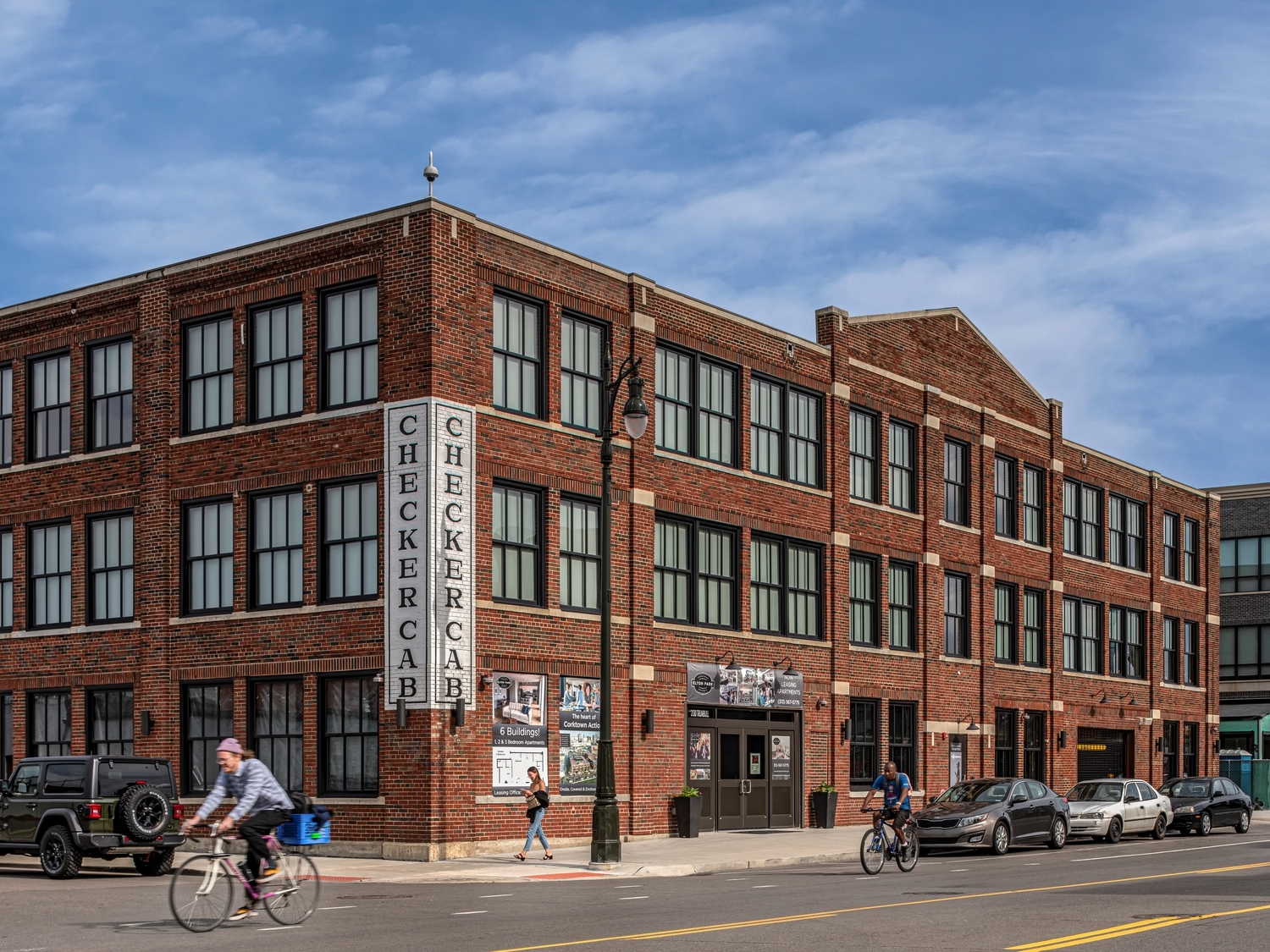Design for all
Inspired solutions rise from rich expertise. Our work is embodied in our four practice areas.
Featured
Taking the National Air and Space Museum into the Future
%20(2).jpg)
Thank you! Your submission has been received!
Oops! Something went wrong while submitting the form.

20th Century African American Civil Rights Sites
Detroit, Michigan
Park / Historic Site
Civic

7.Liv
Detroit, Michigan
Mixed Use
Commercial
Housing

Academic Learning Commons
Richmond, Virginia
Higher Education

Allegan District Library
Allegan, Michigan
Library
Civic

American Brewery
Baltimore, Maryland
Commercial

Ames Hall
Washington, DC
Higher Education

Arlington Memorial Bridge
Washington, DC
Civic
Infrastructure

Arvonne Fraser Library
Minneapolis, Minnesota
Library
Civic

Baltimore Center Stage
Baltimore, Maryland
Performing Arts

Baltimore Penn Station
Baltimore, Maryland
Infrastructure
Commercial
Housing
Mixed Use

Baltimore School for the Arts
Baltimore, Maryland
K12 Education

Belle Isle State Park
Detroit, Michigan
Park / Historic Site

Benjamin Franklin Museum
Philadelphia, Pennsylvania
Museum / Cultural

Bird House
Washington, DC
Museum / Cultural

Checker Cab
Detroit, Michigan
Housing
Mixed Use

Ready to make an impact?
We are always looking for new perspectives from talented, passionate, and driven people.



.jpg)


